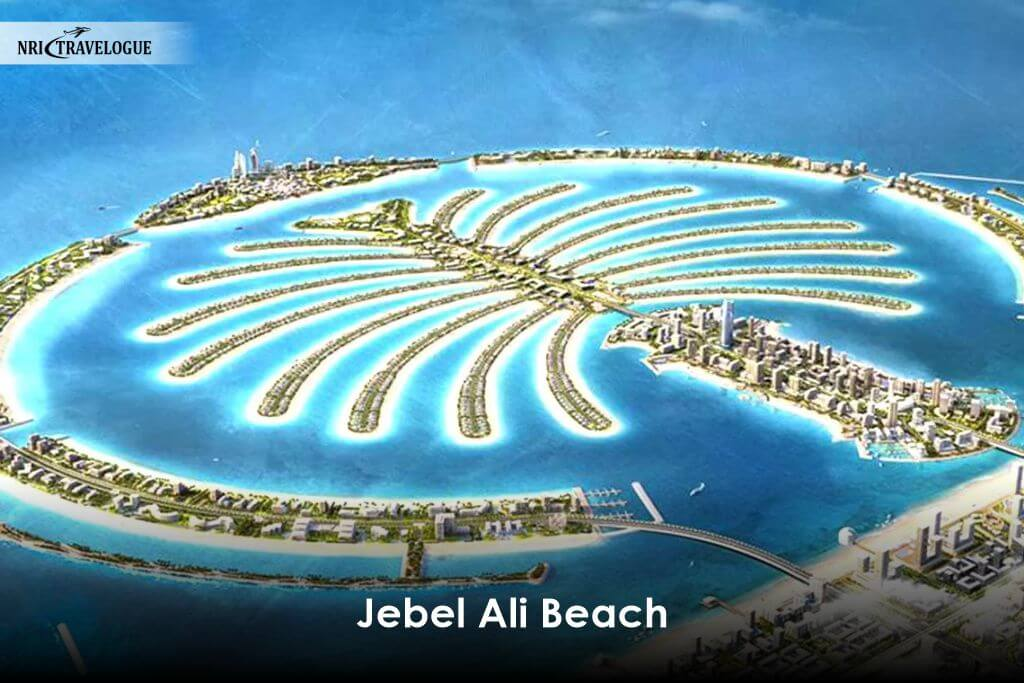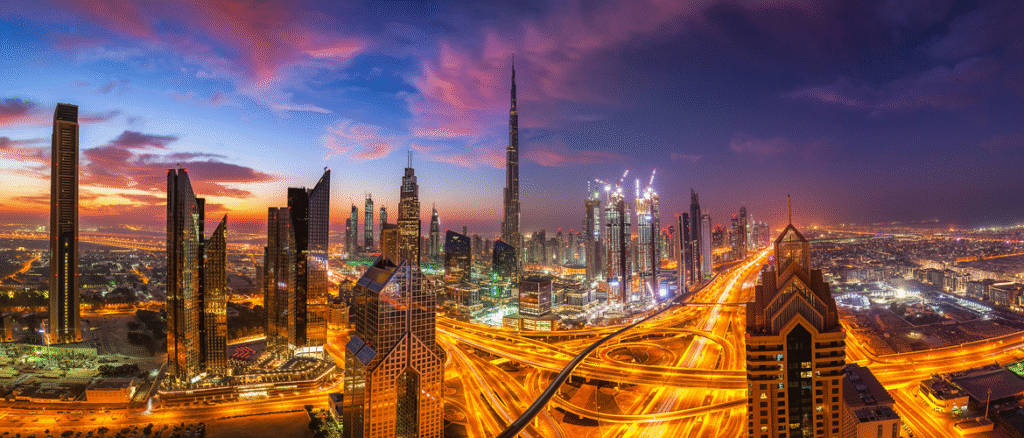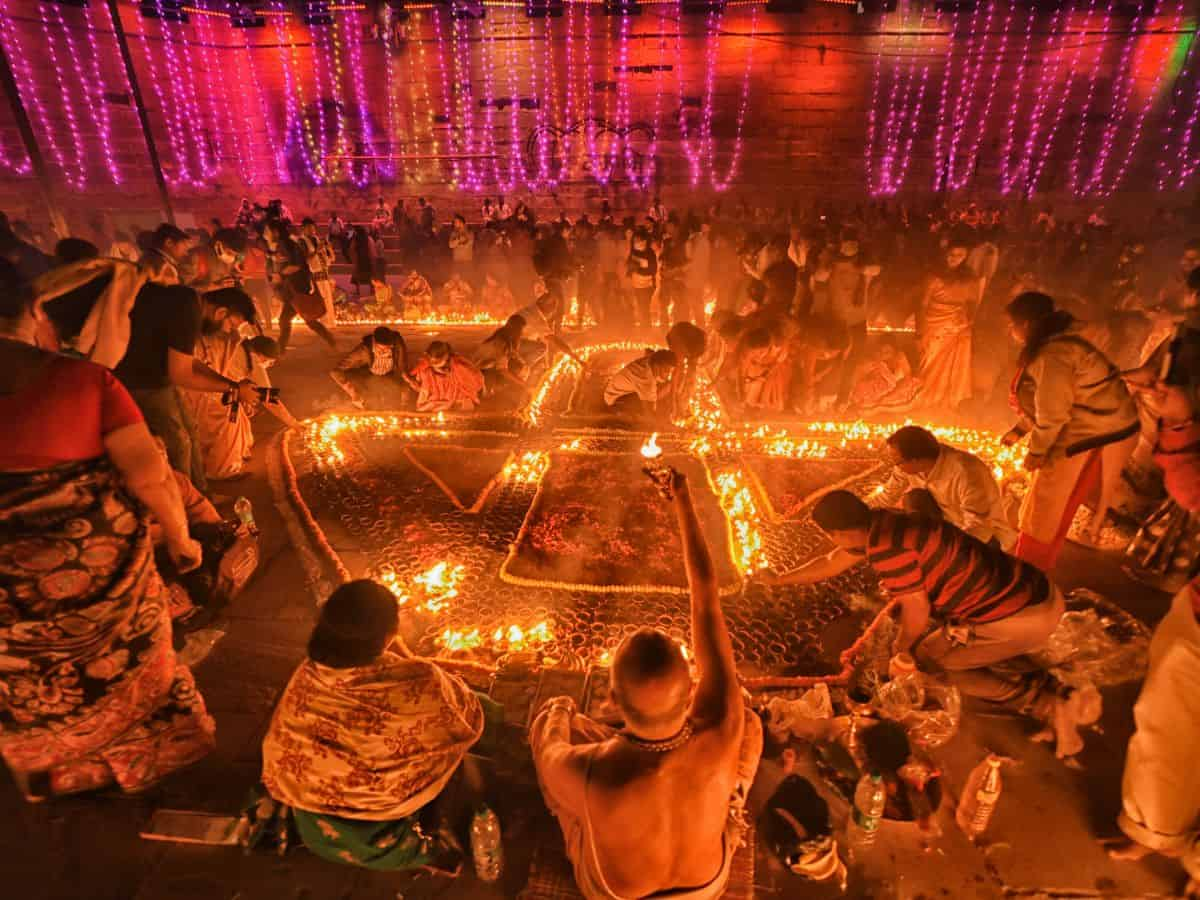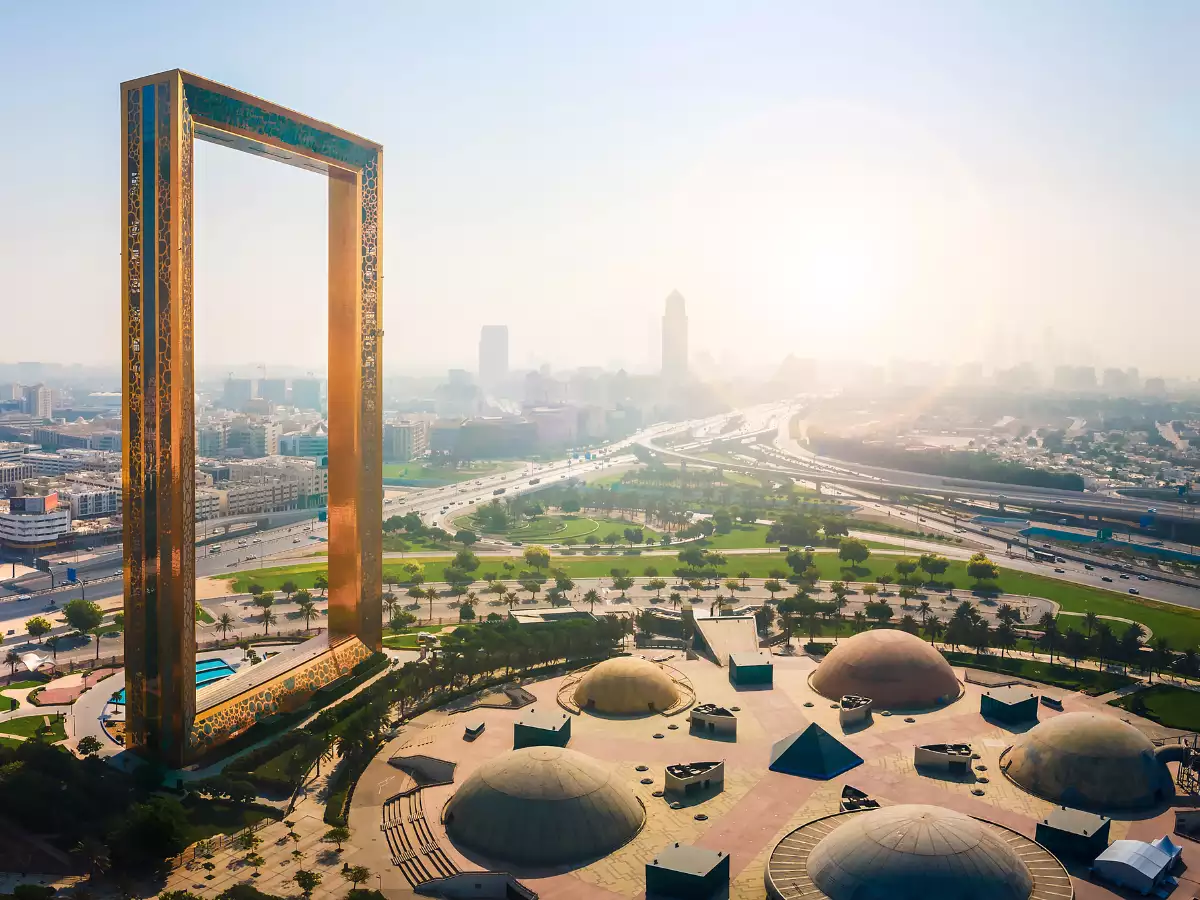Now Reading: Discover Dubai’s Hidden Historical Gems Tourists Often Miss 2025!
-
01
Discover Dubai’s Hidden Historical Gems Tourists Often Miss 2025!
Discover Dubai’s Hidden Historical Gems Tourists Often Miss 2025!

Table of Contents
When most people think of Dubai, they imagine towering skyscrapers, luxury shopping malls, and futuristic architecture. But hidden beneath this modern skyline lies a rich and fascinating history. Dubai’s historical places tell a story of culture, trade, and tradition that shaped this glittering city into what it is today.
If you want to explore Dubai beyond its famous attractions like the Burj Khalifa and Palm Jumeirah, take a journey to its oldest neighborhoods, forts, and markets. This guide covers the top historical places you must visit in Dubai and why they are special.
1. Al Fahidi Historical District (Al Bastakiya)

Al Fahidi Historical District, also known as Al Bastakiya, is one of Dubai’s oldest neighborhoods. Built in the late 19th century, this area is full of narrow lanes, traditional wind-tower architecture, and old sandstone buildings.
Walking here feels like traveling back in time. The Dubai Museum, Sheikh Mohammed Centre for Cultural Understanding (SMCCU), and many art galleries are located in this district. You can also find cozy cafes and courtyards perfect for relaxing after a historic walk.
Why Visit?
- Oldest traditional architecture in Dubai.
- Learn about Emirati culture at SMCCU.
- Peaceful atmosphere away from modern city rush.
2. Dubai Creek (Khor Dubai)
Dubai Creek is the heart of the city’s history. It is where Dubai first grew as a fishing and trading village. Traders from India, Africa, and Iran arrived at this saltwater creek with goods like spices, pearls, and textiles.
Today, you can take an Abra ride — a small wooden boat — for only 1 AED and enjoy the view of both old and new Dubai. On one side, you will see the traditional Deira district, and on the other, Bur Dubai with its souks (markets) and mosques.
Why Visit?
- Authentic local experience for a very low cost.
- Beautiful views of the city’s oldest trading hub.
- Access to Deira Gold Souk and Spice Souk.
3. Al Seef District
Located along Dubai Creek, Al Seef District is a newly developed area that perfectly blends the old with the new. It was designed to look like a historic Emirati village with traditional designs, but also offers modern cafes, shops, and hotels.
It’s a great place to experience Dubai’s historical charm while enjoying modern comforts. In the evening, the whole area lights up beautifully, making it perfect for a stroll.
Why Visit?
- Modern take on Dubai’s historical architecture.
- Great for photography and sunset views.
- Lots of dining and shopping options.
4. Dubai Museum (Al Fahidi Fort)
No historical tour of Dubai is complete without visiting the Dubai Museum, located inside Al Fahidi Fort — the oldest existing building in Dubai, built in 1787. The museum showcases life in Dubai before oil was discovered.
Here, you can see life-sized dioramas of desert life, old weaponry, pearl diving equipment, and models of old Dubai homes. It gives visitors a full picture of how life in Dubai used to be.
Why Visit?
- Insightful exhibits about Dubai’s early life.
- Affordable entry fee.
- Located in the Al Fahidi Historical District.
5. Jumeirah Mosque
One of the most photographed mosques in Dubai, Jumeirah Mosque is a stunning example of Islamic architecture. Open to non-Muslims as part of guided tours, the mosque gives visitors a deeper understanding of Islam and Emirati traditions.
The “Open Doors. Open Minds.” tour program allows tourists to ask questions about Emirati culture, religion, and customs in a welcoming environment.
Why Visit?
- Learn about Islam in an open and friendly setting.
- Beautiful traditional Islamic architecture.
- Perfect for cultural understanding and education.
6. Hatta Heritage Village
For those willing to venture a little outside the city, Hatta Heritage Village is a must-see. Located in the Hajar Mountains, about 1.5 hours from Dubai, this ancient village showcases traditional mountain life in the UAE.
Visitors can see restored stone houses, watchtowers, and forts. The village also offers insights into farming, pottery, and traditional water irrigation systems (called Falaj).
Why Visit?
- Authentic mountain village experience.
- Breathtaking views of mountains and valleys.
- Great day trip option from Dubai.
Why Dubai’s Historical Places Matter Today
Even as Dubai races towards the future, these historical places keep its past alive. They remind visitors and residents alike of the humble beginnings of this global city. From a small fishing village to an international hub, Dubai’s journey is truly inspiring.
For tourists, exploring these spots provides a richer and more meaningful travel experience. Instead of just shopping or sightseeing, you connect with the culture, values, and traditions of the Emirati people.
Tips for Exploring Dubai’s Historical Places:

- Dress Modestly: When visiting mosques and traditional areas, wear clothes that cover shoulders and knees.
- Visit in the Morning or Evening: To avoid the heat, plan your trips early or after sunset.
- Take a Guided Tour: Many areas offer free or low-cost guided tours that provide historical insights.
- Respect Local Customs: Be mindful of photography rules and cultural practices.
Final Thoughts
Dubai is more than just a city of glass and steel. Its historical places tell stories of traders, pearl divers, and Bedouins — the real people behind its rapid rise to fame. Whether you’re a first-time tourist or a long-time resident, these places offer a chance to connect with Dubai’s soul.
So next time you’re in Dubai, skip a mall or two and explore these treasures of the past. You won’t regret it.
Read More:- Shobha Realty Launches Its Most Luxurious Project Yet—Full Details Inside 2025





















